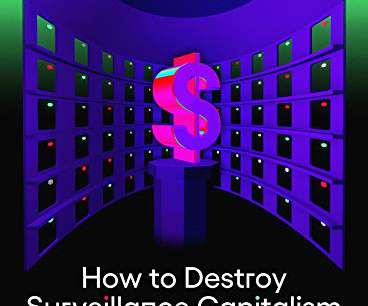Security for Big Data Designs: Examining best practices with security architect Eddie Garcia
CTOvision
FEBRUARY 18, 2015
Combined with Cloudera technology, it becomes a secure and powerful enterprise architecture. Authentication is addressed for the perimeter security requirements. Active Directory and Kerberos are the authentication staples within the enterprise, allowing all users to be authenticated.















Let's personalize your content